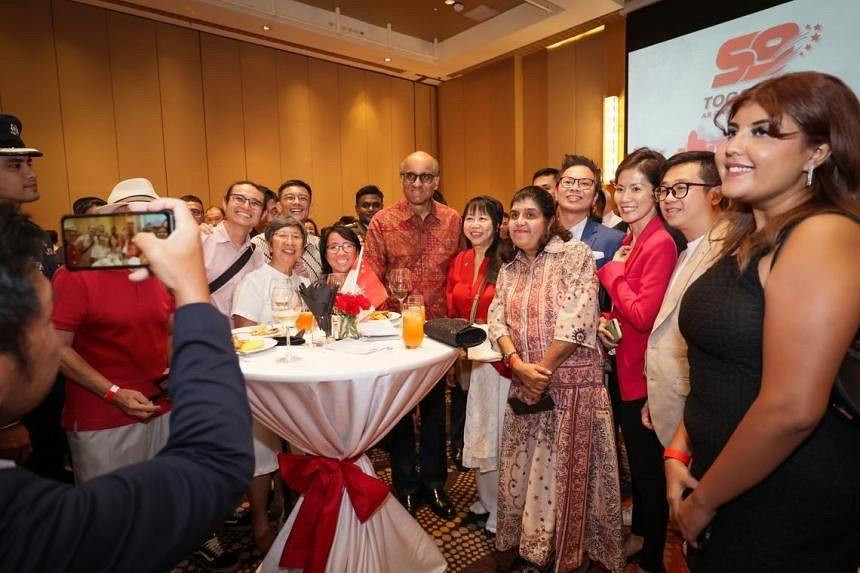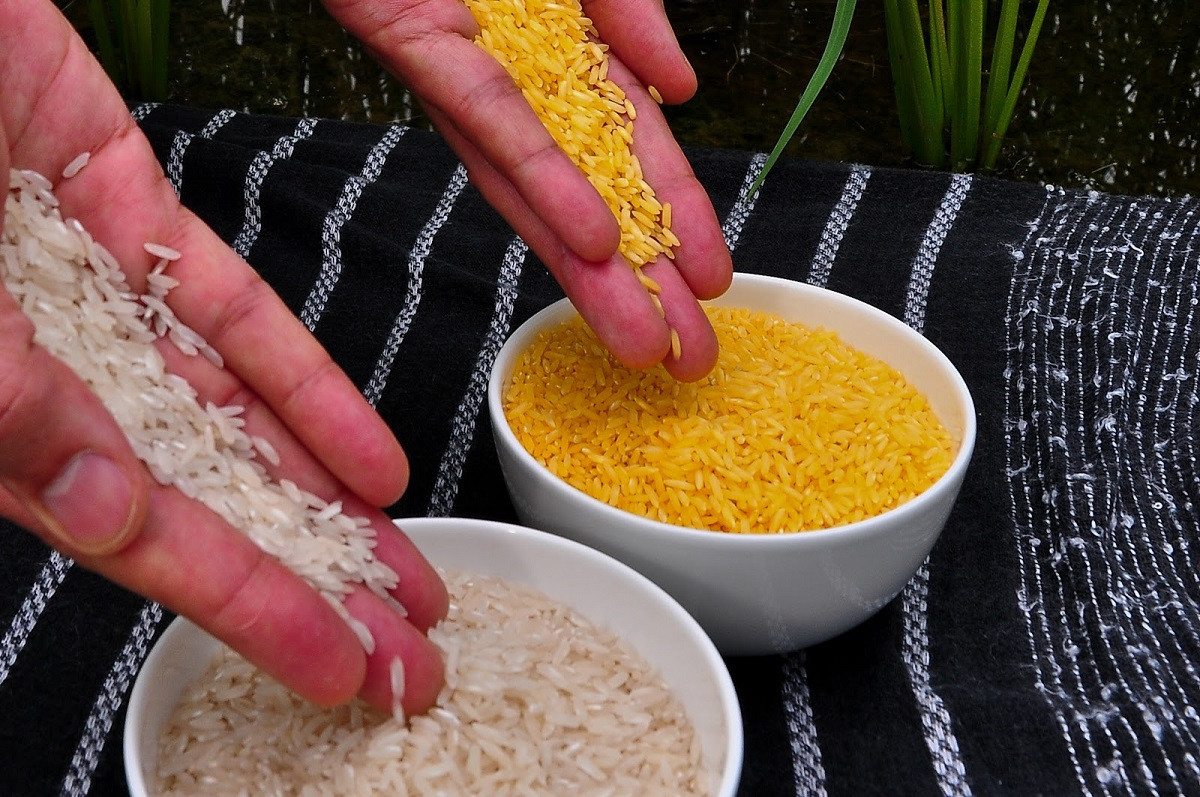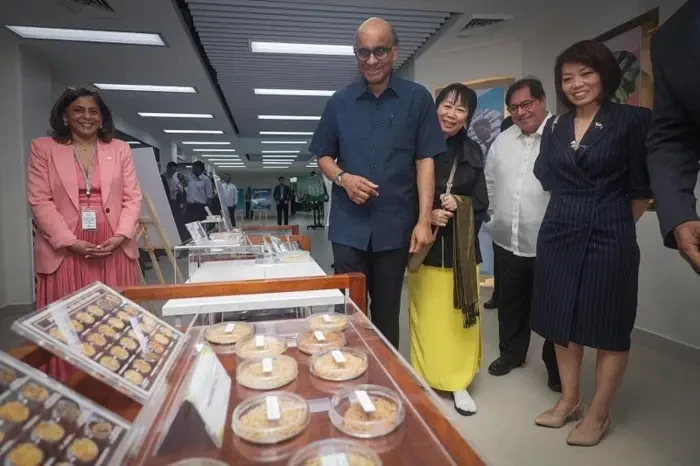Singapore is looking to work with the Philippines to develop rice varieties that are more resistant to droughts and floods, and are also healthier to tackle a diabetes epidemic sweeping across Asia.
Speaking at the International Rice Research Institute (IRRI) at the end of his three-day state visit to the Philippines on Saturday (Aug 17), President Tharman Shanmugaratnam said the two countries are collaborating in several areas to protect biodiversity and sustainability. This includes rice cultivation, which is under serious threat from climate change.

Researchers have found that drought, heatwaves and saline intrusion from seawater moving into inland areas threaten rice growers in Asia and Africa.
“It is the staple food for much of Asia and the world, but rice cultivation as we know it is seriously threatened,” said Tharman.
“And we need healthier varieties of rice with low glycaemic index (GI) scores to reverse a rising tide of diabetes, with higher protein to help tackle malnutrition among children in many developing countries,” he said, adding that Singapore’s Temasek Life Sciences Laboratory is partnering IRRI to develop new rice varieties to address these issues.

Researchers at the IRRI have had some success. Among other things, they grew popular rice varieties with lower GI levels after identifying the genes that influence the GIs of the rice grains.
The institution has also developed high-protein rice. The bio-fortified rice variety can help supplement the intake of key nutrients.
Tharman noted that such rice varieties tackle a host of issues, including diabetes – which is on the rise in Asia and globally – as well as malnutrition and obesity.
“These are important areas of research and (IRRI) is very keen on collaborating with the Agency for Science, Technology and Research on the clinical validation of the healthcare benefits of this low glycaemic index rice, as well as high-protein rice,” he said.
“They’re keen to collaborate with Temasek’s Life Sciences Laboratory, and have also been working now for some years with the Lee Foundation, which has a rice scholarship program to develop the next generation of rice scientists.”
While niche, he said that an area like this “has many implications, because rice is a staple for a large part of the world’s population”.
President Tharman’s trip to IRRI, which is about a two-hour drive from Manila, also included a visit to the International Rice Genebank that holds over 132,000 varieties of rice from around the world.

Tharman, who was accompanied by his spouse, Jane Ittogi Shanmugaratnam, on the state visit, also stopped at the Asean Centre for Biodiversity, where he planted a narra tree, known in Singapore as the Angsana tree.
His wide-ranging visit to the Philippines mainly centered around Manila and covered meetings with business leaders and city officials, and included a National Day reception for overseas Singaporeans in the Philippines.
On the first day of his visit on Thursday (Aug 15), he was received at Malacanang Palace by Philippine President Ferdinand Marcos Jr, where both presidents witnessed the signing of two memorandums of understanding on cooperation on carbon credits and the development of healthcare workers.
Both areas of collaboration saw further partnerships inked by Singapore and Philippines organizations and companies in related fields on Friday (Aug 16).
Philippine conglomerate Ayala Corporation’s energy unit Acen, Temasek-owned investment platform GenZero, and Keppel signed an agreement to study the use of transition credits to decommission a coal-fired power plant in 2030, potentially 10 years ahead of schedule.
It is expected to be one of the first converted coal-fired power plants in the world to generate transition credits.
Separately, Taguig City, Temasek Foundation, and SingHealth Duke-NUS Maternal and Child Health Research Institute, led by Singapore’s KK Women’s and Children’s Hospital, signed an agreement that includes infrastructure planning and capacity building in Taguig’s maternal and child health facilities.
It also covers nutrition research and the development of health programs tailored to the needs of the city, which has a population of more than 1.2 million.
Tharman said such partnerships, whether between governments or between companies, are “win-win”.
“The Philippines has a young and creative population, is rich in biodiversity, and I’m convinced it has great potential as a country,” said Tharman.
“Singapore is happy to be a close partner in its development. What we do together will benefit both countries and our peoples.”
Source: The Star





